Studio and home visit
A
three-day conversation with Shun Kadohashi

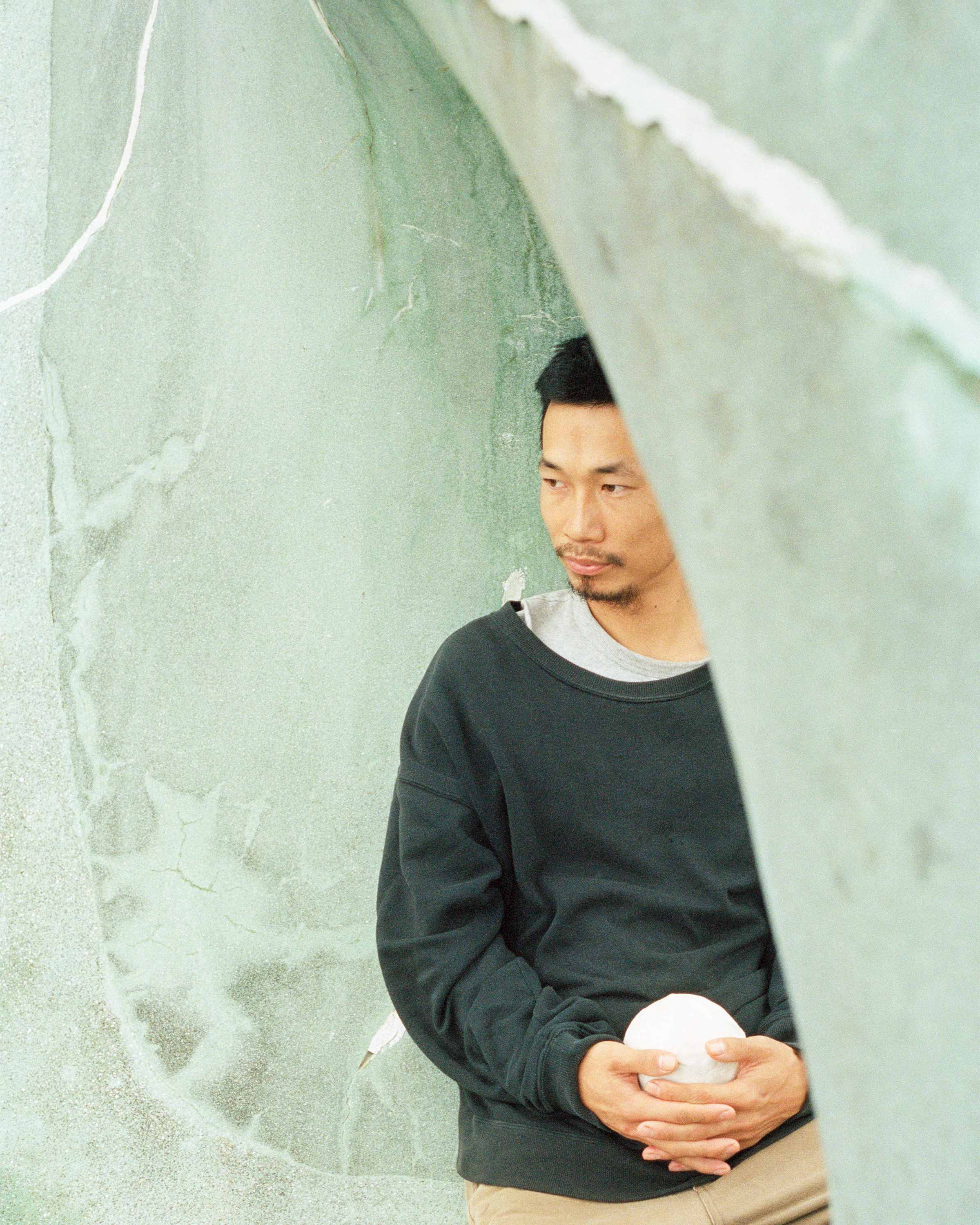
“I live in Kanaya with my wife, my soon- to-be-born daughter and two cats.” I still remember this sentence, written by the ceramic artist and painter Shun Kadohashi in reply to my email. After having discovered his work, I had contacted him out of the blue to ask if I could come for a studio visit during my annual trip to Japan in the summer. Kanaya, the place Shun and his wife Yumi then called home, is a fishermen’s village in the prefecture of Chiba, located an hour away from Tokyo. When we first met, they were getting prepared to move south of Chiba to Shirahama, where they planned to build a home from scratch. “It may take us 10 years, but we’ll manage somehow,” I recall Shun explaining. By then, I knew this was a special encounter.
Our newfound friendship led me to visit Shun again, a couple of weeks after a typhoon hit Chiba for the second time that year. On my way, I couldn’t help but notice the roofs covered with blue tarps, the uprooted trees, the housing reconstructions – and the terrible weather. I have always enjoyed autumn in Japan for its crisp air, clear sky and brilliant colours. I felt disappointed somehow, but as I reached Shun and Yumi’s new home we joyfully greeted each other, sat by the stove and immediately started talking like old friends. Shun was as chatty as I remember. His baby girl, Mae, cooed softly, wrapped up in a blanket. In that moment, I forgot about time and rain.
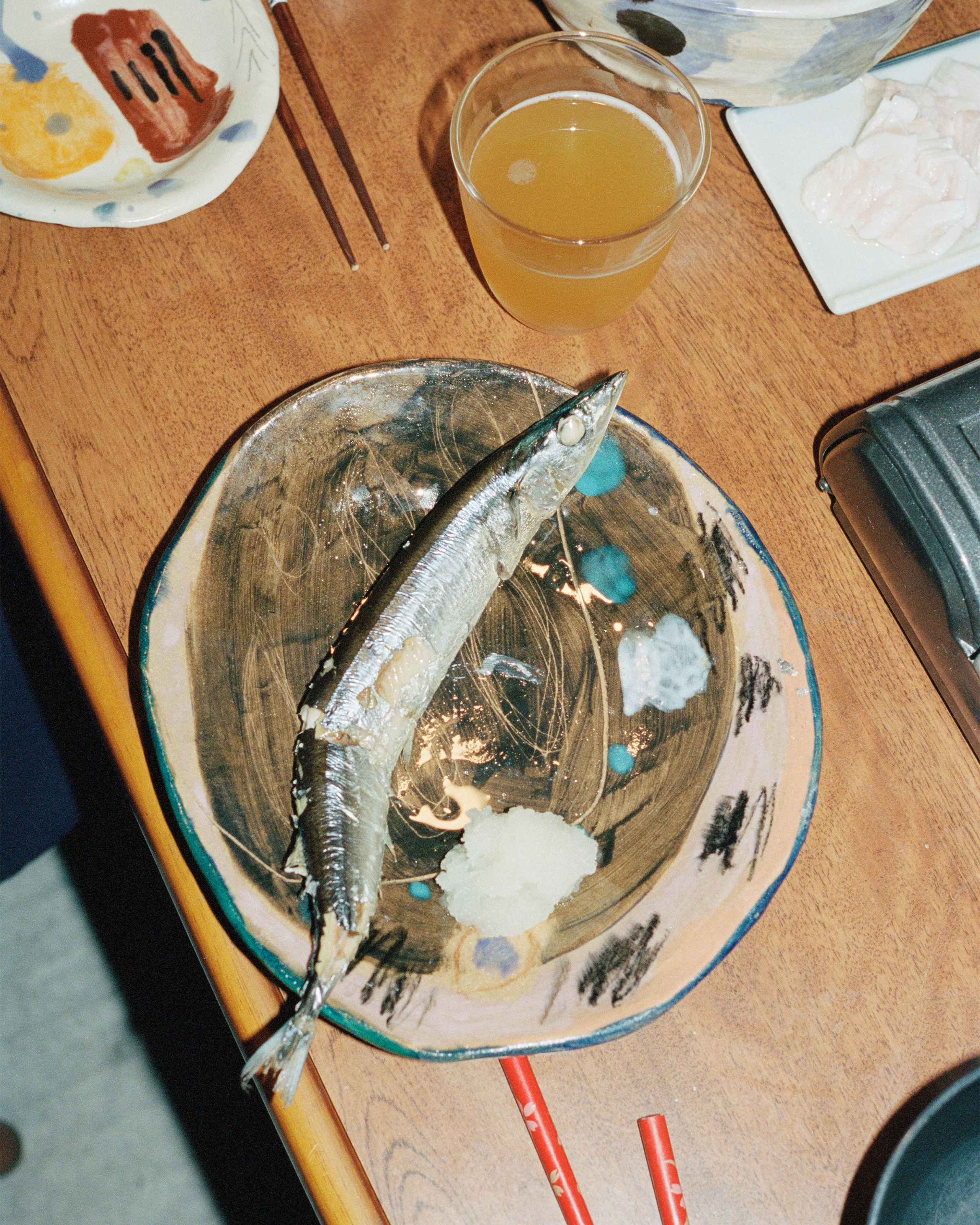
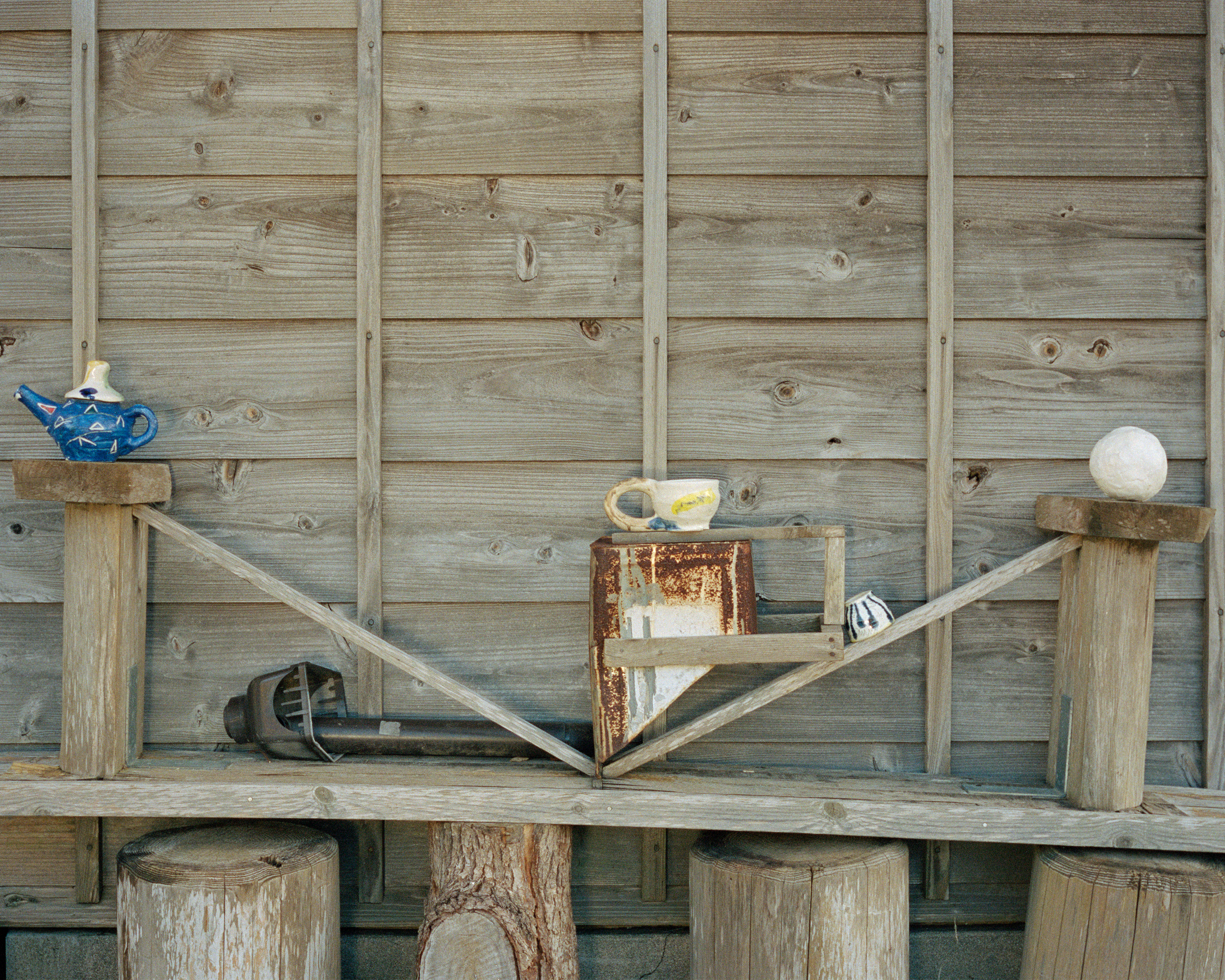
Our hands held warm, uneven and colourful cups, very obviously Shun’s. As we sipped with delight, Shun started to wonder about tea. He tends to think of the word ‘tea’ as a concept more than a beverage. In Japan, one often says “let’s have tea,” when in fact no tea is involved. You may have a soft drink or coffee, for all it matters. Having tea is an invitation to take a break, slow down and enjoy a moment with someone. It’s also about remembering feelings, just like the taste of black tea, which flickered through Shun’s mind. His mother used to make it very light – without much flavour, but delicious nonetheless, especially after a hot day out playing. His grandmother, to whom he is very close, has always greeted him with green tea, Ryokucha. It’s still his favourite today.
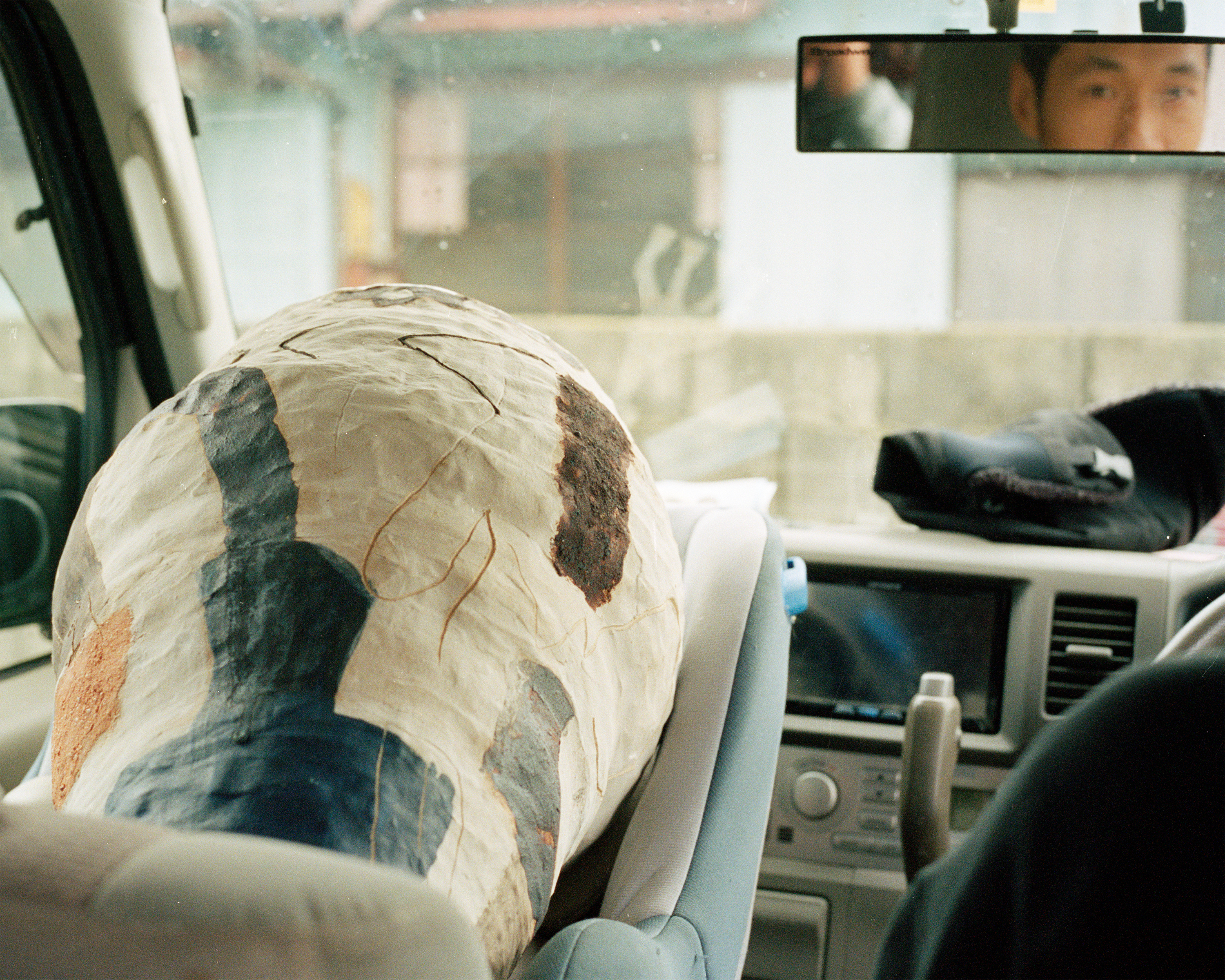
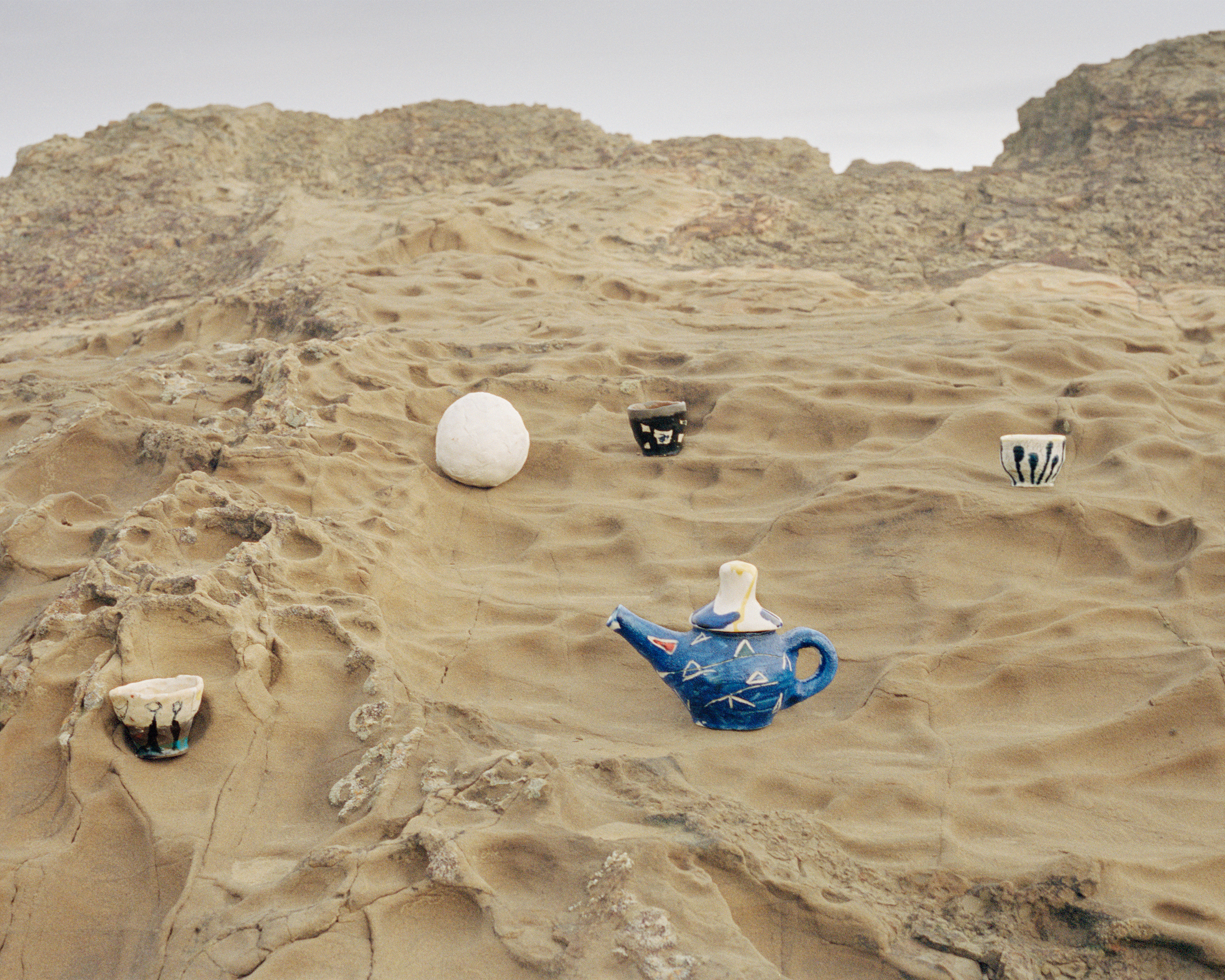

As we paused for a minute, I felt the round and rough edges of the cup in my fingertips. It was heavy for an empty cup. I wondered what kind of clay he used, but refrained from asking, although I was sure it was no well-kept secret. “It’s too abstract to keep on talk- ing about tea without actually drinking tea, do you want some more?” asked Shun. “I’ve been having a lot of this Darjeeling tea recently, do you like it?,” he added, to which I nodded enthusiastically. I was curious about how Shun got into ceramics, as I had a feeling the backstory would probably be unconventional. Shun tells me about the British artist Sandy Brown, his mentor and now dear friend. He spent two years by her side in the charming village of Appledore, Devon. “She has taught me nothing and yet everything,” he admitted with a smile.
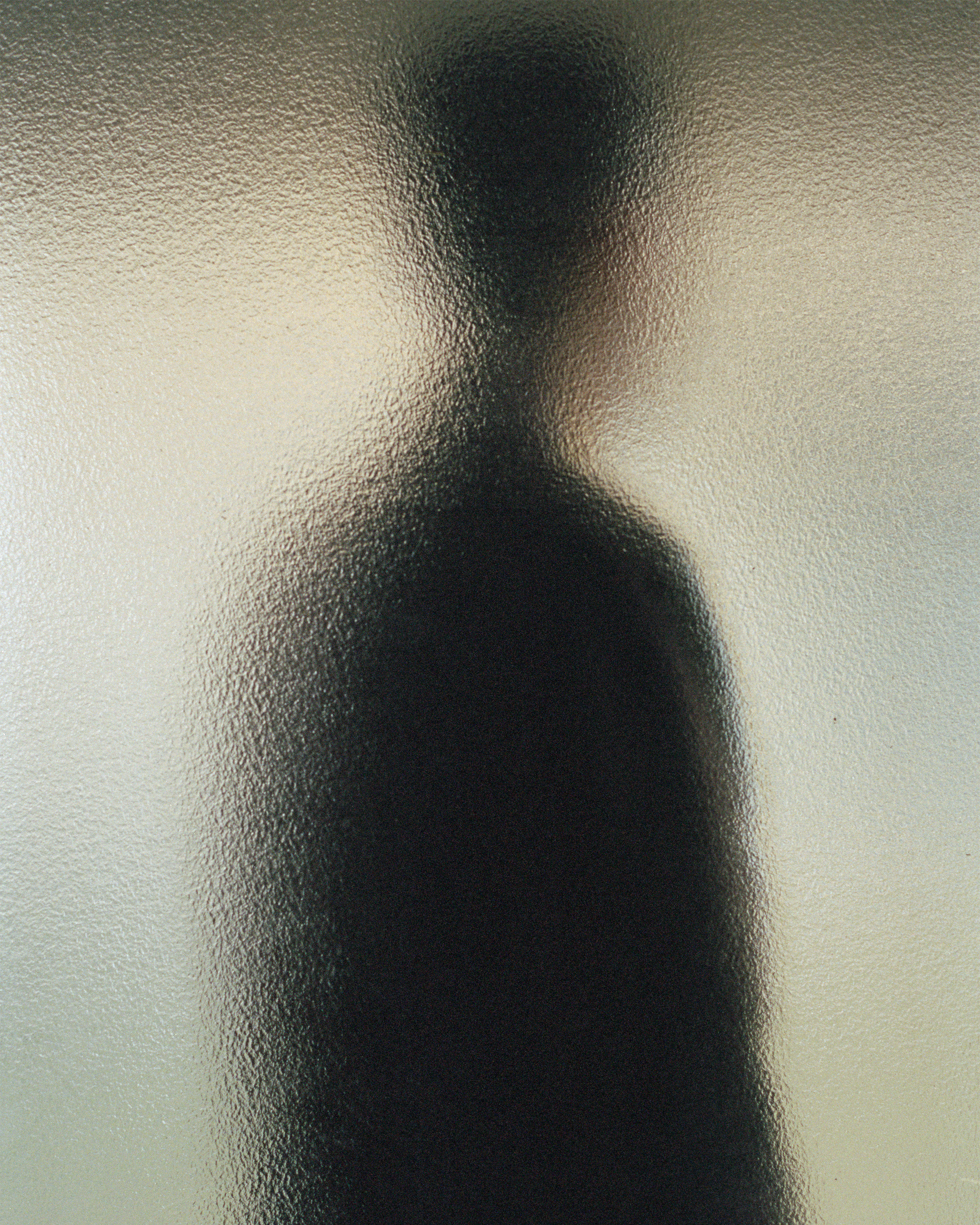
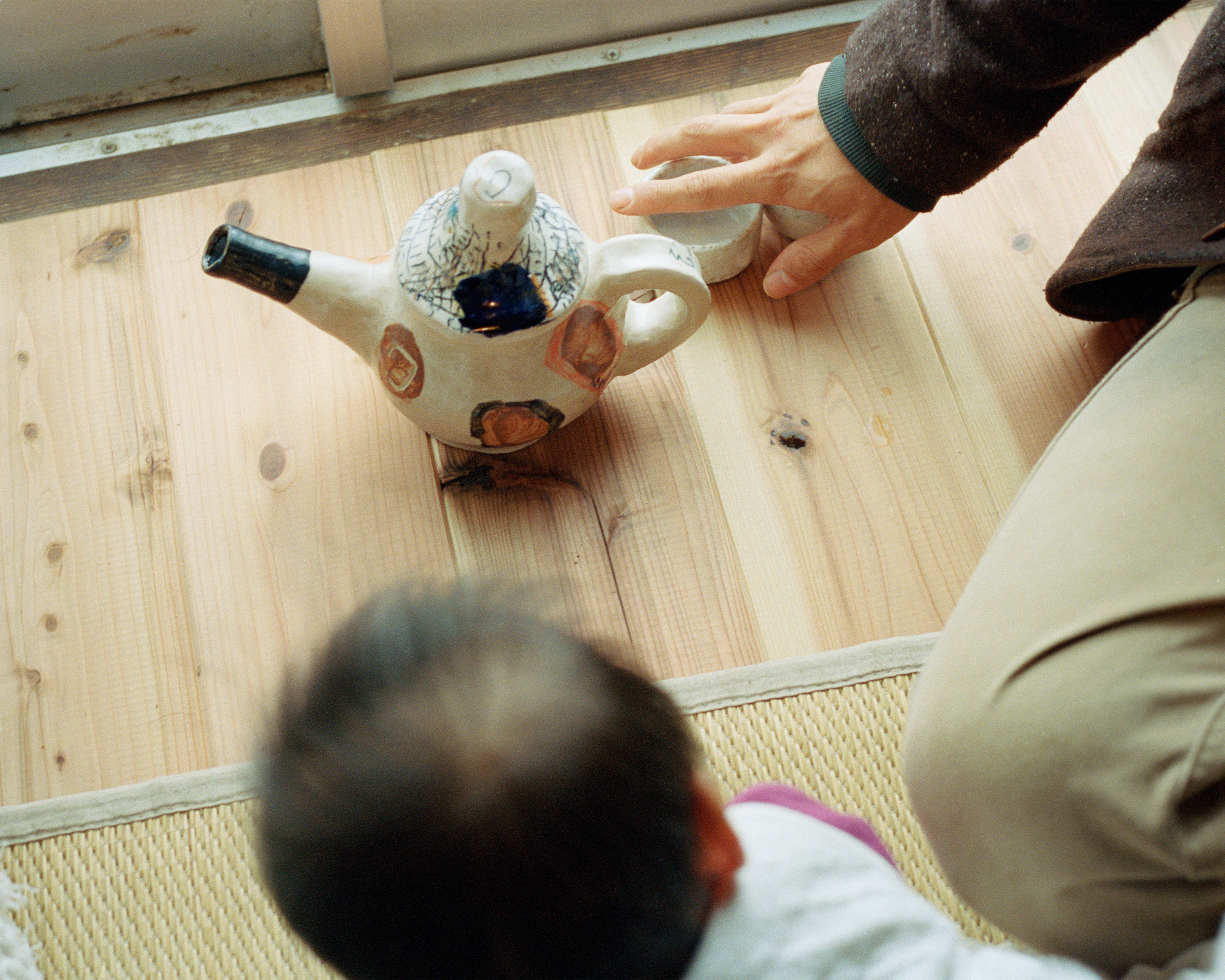
Surely, she has trained him to be free. Shun considers the creative process of making ceramics as a playful and intuitive one. He never starts with an idea – it’s always simply about making something. He doesn’t predict what will become a tea cup or a tea pot. Even so, Shun makes a lot of plates and cups, some of which are unexpectedly small or big. He also makes sculptures, and is looking forward to making more for his next exhibition. I thought to myself that it takes guts to show a colour palette as bold and vivid as his – Shun is certainly not afraid to experiment, at a time when minimalism is trendy. I asked him if he considers himself a ceramicist or a potter, to which he wittily replied, “That's for others to decide.” Shun isn’t the kind of artist you can easily categorise. “I don't know if I'm going to be making ceramics in the future, but I today and tomorrow, I will probably touch clay,” he whispered, taking another sip of tea.
Cécile Sayuri Poimboeuf-Koizumi
This piece was originally written for Journal du Thé (Chapter 3), a magazine dedicated to contemporary tea culture.
Shun Kadohashi was born in 1985. He is a ceramic artist and painter living in Chiba, Japan. He undertook an apprenticeship with the British artist Sandy Brown before returning to Japan and developing his own practice.
Photo credits: © Cécile Sayuri Poimboeuf-Koizumi © Vasantha Yogananthan
Photo credits: © Cécile Sayuri Poimboeuf-Koizumi © Vasantha Yogananthan